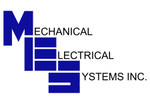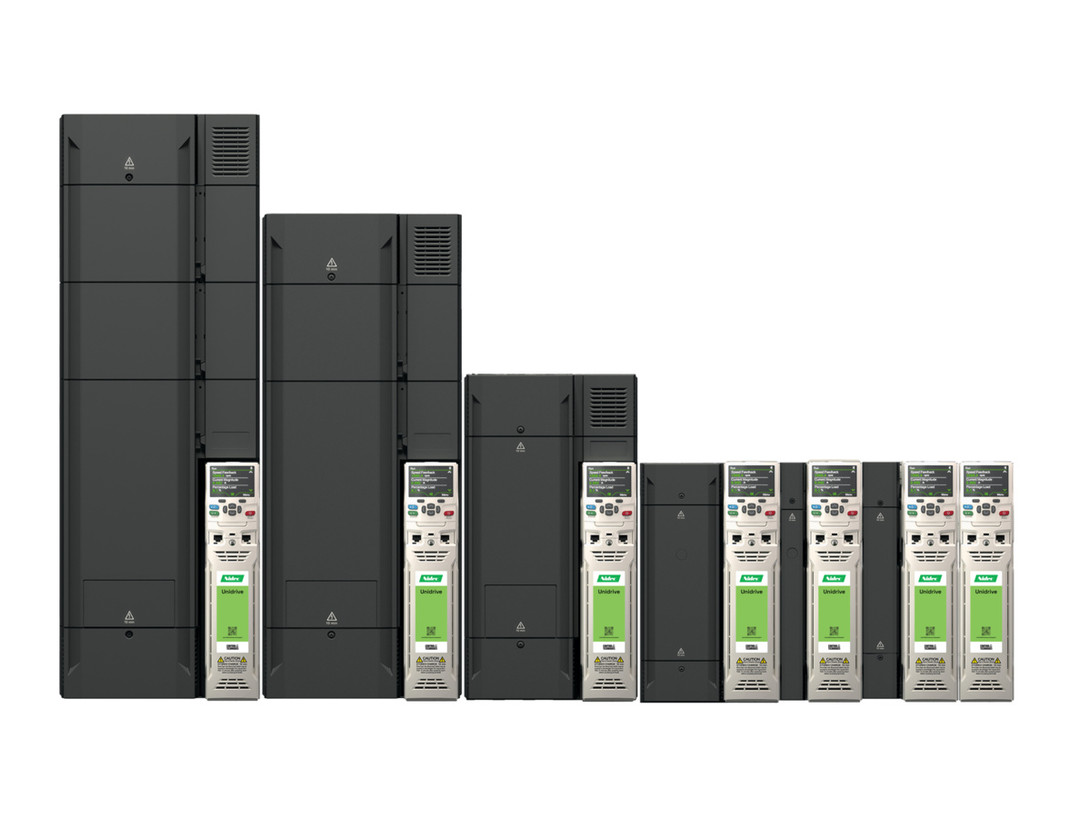Understanding Variable Frequency Drives (VFD's)
The Smart Way to Save Energy and Control Motors
In modern buildings and industrial facilities, energy efficiency and equipment reliability are more important than ever. Motors are everywhere — from HVAC fans and water pumps to manufacturing lines and conveyors. Most of these motors run on electricity at a fixed speed, whether the system needs full power or not.
That’s where variable frequency drives, also known as VFDs, come in. These smart devices adjust how fast a motor runs, allowing it to use only the energy required for the task. Using VFD's lowers your power bills, provides smoother operation, and longer equipment life.
What Does “VFD” Stand For?
The term VFD means Variable Frequency Drive. People also refer to them as a variable speed drive, AC drive, or inverter drive. An inverter changes the electrical frequency and voltage supplied to an AC motor to control its speed and torque.
- If you’ve ever wondered “what is a VFD” or “what is a VFD drive used for,” think of it as cruise control for electric motors. A VFD adjusts the motor's performance as needed, instead of running it at full speed all day. It does this automatically and efficiently.
How Does a Variable Frequency Drive Work?
To understand how a VFD works, it helps to know a little about how AC motors operate.
The electrical frequency that an electric motor receives fixes its speed. In North America, this is typically 60 hertz. A variable frequency drive changes that frequency, and therefore the motor’s speed, to meet demand.
Here’s a simplified breakdown of the process inside the drive:
- Input Power: The drive receives AC electrical power — usually single-phase or three-phase input.
- Rectifier Stage: A rectifier uses diodes to convert the input AC voltage to DC voltage
- DC Bus: This section stores and smooths the DC energy with capacitors, creating a steady supply of power.
- Inverter Stage: The inverter converts DC voltage to AC and can now adjust the output's voltage and frequency precisely.
By controlling voltage and frequency, the system can adjust motor speed, torque, and phase output based on load conditions.
Variable frequency drives work by allowing the motor to provide just the right amount of power.
The Real-World Benefits
The popularity of these drives has exploded in recent years because of the real, measurable benefits they provide.
1. Energy Savings
The most obvious benefit is reduced power consumption. The relationship between motor speed and energy use is not linear — it’s cubic. That means cutting motor speed by just 20% can lower energy use by nearly 50%.
For facilities that operate large fans, pumps, or compressors, the savings in electrical costs are tremendous. Electrical costs are one of the main reasons many companies install VFD's during efficiency upgrades or retrofit projects.
2. Lower Maintenance Costs
When a motor starts abruptly, a sudden surge of current can put a strain on its internal components. VFD's offer “soft start” and “soft stop” functionality, meaning they ramp speed up and down gradually. This reduces wear and extends the lifespan of both motors and connected equipment.
3. Improved Process Control
VFD's give operators precise control over speed and torque. For applications such as conveyor systems, mixers, and HVAC fans, precision is key. It ensures smoother performance and more consistent quality or comfort levels. It also reduces the chance of product waste or system imbalance.
4. Reduced Noise and Heat
Running motors slower when full speed isn’t necessary also means less vibration and less heat generation. Equipment operates more quietly and more efficiently, creating a better environment for workers and equipment alike.
5. Extended Equipment Life
Because drives help control the increase in speed and the decrease in speed, they minimize mechanical and electrical stress. The result is longer service intervals, fewer unexpected shutdowns, and lower overall maintenance budgets.
Common Applications
You can find variable frequency drive controllers in almost every industry. Some common examples include:
- HVAC systems: Controlling fans and pumps to maintain airflow and temperature with minimal energy waste.
- Water and wastewater treatment: Adjusting pump speeds to regulate flow and pressure efficiently.
- Manufacturing: Controlling conveyor speeds, mixers, and assembly lines.
- Agriculture: Managing irrigation pumps and ventilation systems.
- Oil and gas or mining: Regulating heavy-duty motors under variable loads.
AC drives are available in a wide range of sizes, for everything from small machines to large industrial equipment. Some smaller models even operate on 120V input power, making them useful in commercial or residential settings.
Understanding Torque and Frequency Control
A drive is useful for controlling a motor's twisting force, or torque. In many applications, maintaining consistent torque is critical for smooth operation.
By precisely adjusting both frequency and voltage, the drive keeps torque steady even as load conditions change. For instance, when a pump or conveyor's load increases, the drive adjusts itself to avoid stalling or surging.
Types of Drives and Panels
You can install variable frequency drives (VFDs) by themselves or in a VFD panel with other components.
Some manufacturers design certain VFD models as VFD inverters that integrate into automation systems, allowing remote monitoring and diagnostics. Others connect directly to building management systems or PLCs to coordinate motor operation with other controls.
When shopping for VFDs, you will see options based on motor size, input voltage, and use. For example, there are single-phase drives for small systems and three-phase drives for larger motors. The VFD drive price depends on horsepower rating, power quality, and available communication features.
Why Drives Are the Smart Choice for Motor Control
In essence, these devices give you flexible, efficient motor control that adapts to real-world conditions. They make motors “smart” — able to speed up, slow down, and maintain precise torque automatically.
That flexibility helps businesses:
- Reduce peak electrical demand
- Cut running costs
- Lower maintenance downtime
- Extend the lifespan of motors and connected systems
Whether in a factory or a commercial building, drives are a proven way to save energy while improving reliability.
A Closer Look: Drives and 3-Phase Motors
Most industrial equipment uses 3-phase motors because they’re more efficient and powerful than single-phase designs. Drives pair perfectly with these motors because they can manage three-phase output, controlling each phase separately.
This precise control not only boosts performance but also ensures balanced operation, which reduces wear and electrical noise.
If you need a VFD for a 3-phase motor, check that the drive’s power rating and voltage fit your system needs. Many local suppliers and automation companies provide solutions. You can search for a VFD near me to get expert advice and installation help.
The Bigger Picture: Energy Efficiency and Eco-Friendly
Beyond cost savings, drives play a large role in supporting eco-friendly goals. They help businesses reduce their carbon footprint by cutting wasted electricity. Studies show that installing VFDs in key systems, like fans and pumps, can cut building energy use by 20% or more.
As organizations focus on green initiatives and better energy management, drives are becoming standard in new buildings and upgrades.
Final Thoughts
A variable frequency drive might seem like a small component, but its impact is enormous. These devices let you control how motors run. This means they do not always operate at full power. As a result, you get better efficiency, reliability, and cost savings.
Many people commonly refer to the VFD by several names: variable frequency drive (VFD), inverter, controller, or drive. They all mean the same thing: smart control for a better and more energy-efficient world.
If your facility still runs motors without speed control, consider adding a drive system. A drive VFD system can be an easy way to save energy, lower operating costs and extend the life of your equipment.


